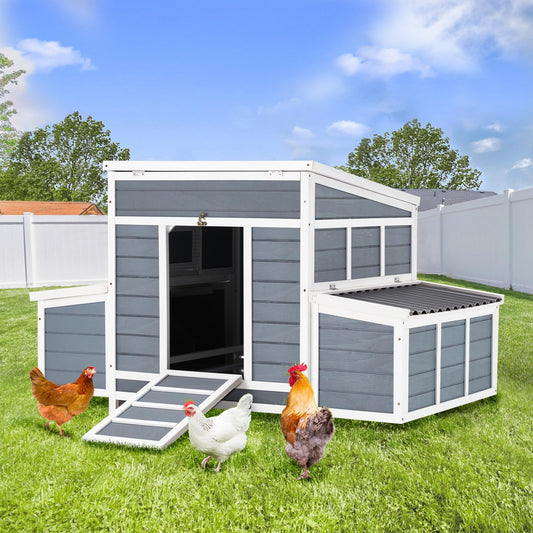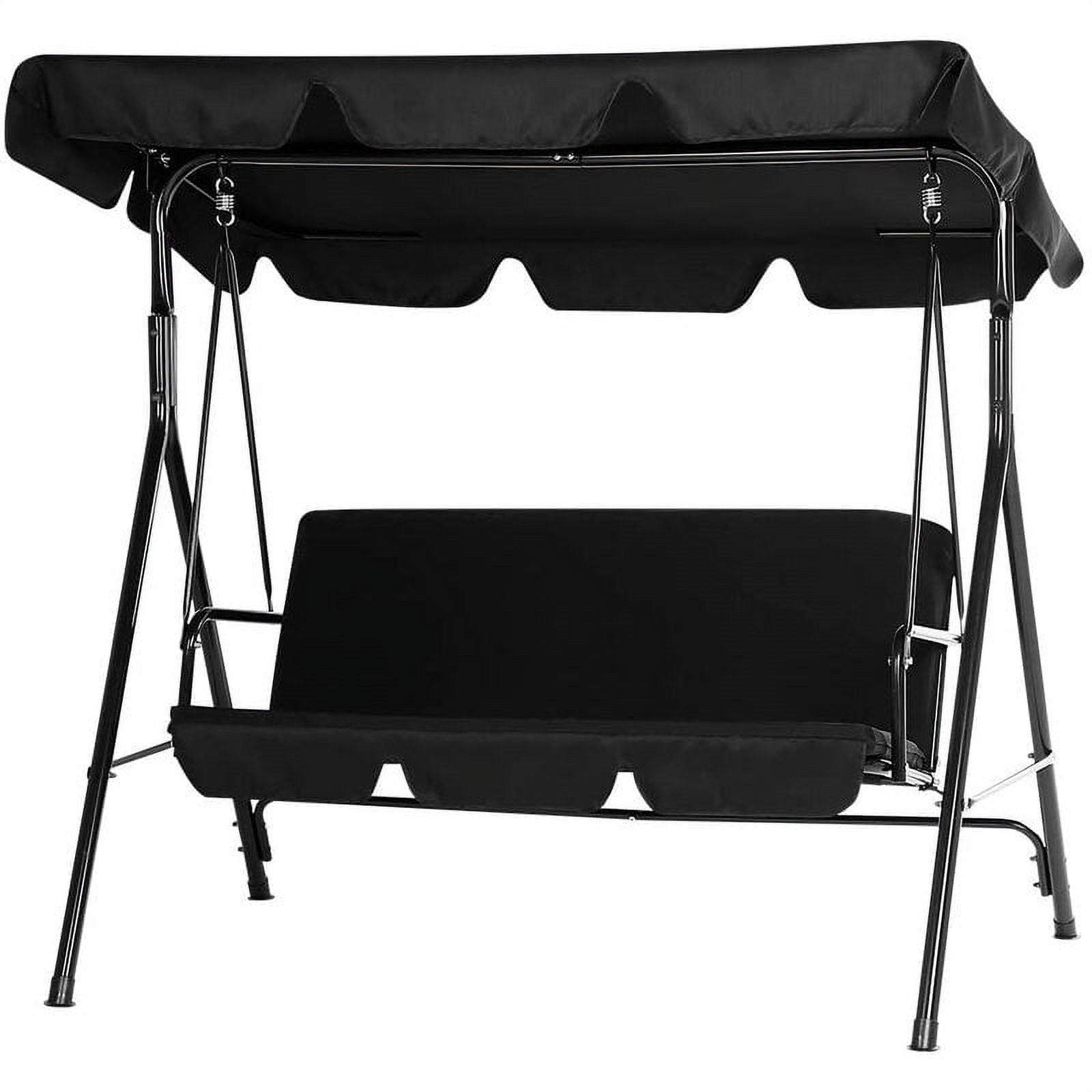Indoor cats are safe from cars, predators, and bad weather—but they miss out on the natural exercise wild cats get from hunting and exploring. Without enough activity, cats can become bored, overweight, or develop behavioral issues like scratching furniture or excessive meowing.
This guide will show you simple, effective ways to exercise your cat, from daily playtime to using tools like a cat exercise wheel. Whether you have a lazy senior cat or a hyper kitten, these tips work for all felines—no fancy equipment required (though some toys will make it more fun!). Let’s dive in!
1. Why Indoor Cats Need Exercise
Indoor cats live longer than outdoor cats (12–18 years vs. 2–5 years), but they’re at higher risk of health problems from inactivity. Here’s why cat exercise is non-negotiable:
- Weight management: Over 50% of indoor cats are overweight or obese. Extra weight leads to diabetes, joint pain, and heart disease.
- Mental stimulation: Boredom causes stress and destructive behavior (e.g., chewing cords, peeing outside the litter box).
- Behavioral health: Exercise releases endorphins, which calm anxious or aggressive cats.
- Bonding: Playtime strengthens your relationship with your cat—they’ll associate you with fun and positive attention.
Even 10 minutes of daily activity can make a big difference. For example, a 10-pound cat that plays for 15 minutes burns about 20 calories—enough to prevent weight gain over time. YODOLLA’s cat exercise wheel is a game-changer. Designed for cats 12–18 lbs, this quiet cat treadmill features a noise-reducing design that won’t disrupt your home, so your cat can run freely day or night. 
2. Understand Your Cat’s Natural Behavior
To exercise your cat effectively, you need to work with their instincts—not against them. Cats are born hunters, and their bodies are designed for short bursts of intense activity.
In the wild, cats spend 6–8 hours a day hunting: stalking, pouncing, chasing, and “killing” prey. Indoor cats don’t have this outlet, so you need to mimic these behaviors during play.
Key natural instincts to incorporate into cat exercise:
- Stalking: Slow, quiet movements (like a bird or mouse).
- Pouncing: Sudden bursts of speed to catch prey.
- Climbing: Cats love high places to survey their territory.
- Problem-solving: Hunting requires focus and strategy—puzzle toys tap into this.
If these instincts aren’t satisfied, your cat might act out. For example, a cat that can’t climb may scratch your curtains to reach high spots, or a bored cat may chase your feet at night (their version of hunting!).
3. Make Playtime a Daily Routine
Interactive play is the easiest way to how to exercise your cat—it’s free, fun, and requires minimal equipment. The goal is to mimic a hunting sequence that ends with a “win” for your cat.
Step-by-Step Play Pattern (Mimics Hunting)
- Stalk: Move the toy slowly (e.g., a feather wand along the floor) to mimic prey.
- Chase: Speed up the toy to get your cat running.
- Catch: Let your cat pounce and “kill” the toy (don’t yank it away—this frustrates them).
- Reward: After play, give a small treat or meal—this replicates eating prey after a hunt.
Recommended Toys for Effective Cat Exercise
|
Toy Type |
How It Works |
Best For |
|
Feather Wand |
Mimics birds; slow, fluttery movements |
Cats that love to pounce |
|
Laser Pointer |
Fast, unpredictable movements; triggers chase |
High-energy cats or kittens |
|
Teaser Rod |
Long handle with a toy (mouse, bug) at the end |
Cats that like to stalk from a distance |
|
Small Plush Toys |
Soft, easy to bat and carry; can be “killed” |
Lazy cats or seniors (low intensity) |
|
Crinkle Balls |
Make noise when batted; stimulates hearing |
Cats that respond to sound |
Playtime Tips:
- Duration: 10–20 minutes per session, 1–2 times a day. Cats have short attention spans—stop if they lose interest.
- Timing: Play before meals (hunger makes them more eager to “hunt”).
- Consistency: Stick to a routine—cats thrive on predictability.
Pro tip: Rotate toys every 2–3 days to keep things interesting. A toy that’s “new” again will spark more enthusiasm than one they see every day. YODOLLA’s cat exercise wheel is a fantastic addition to your toy lineup. This quiet cat treadmill features noise-reducing rollers and vibration-dampening design, so your cat can run freely without disrupting your home—perfect for early-morning or late-night energy bursts.
4. Create an Enriched Indoor Environment
Exercise shouldn’t stop when playtime ends. An enriched environment lets your cat move and explore throughout the day, even when you’re busy.
Must-Have Items for Indoor Cat Exercise
- Cat trees and window shelves: Cats love to climb and perch. A cat tree with multiple levels encourages jumping and stretching.
- Wall-mounted climbing paths: These save space (great for small apartments) and let cats climb vertically—their natural instinct.
- Cat tunnels or hideaways: Tunnels mimic the feeling of hunting in tall grass. Cats love to dart in and out, pouncing on toys or even you!
- Puzzle feeders or treat hunts: Hide treats around the house or use a puzzle feeder that requires your cat to bat, spin, or paw to get food. This combines mental and physical exercise.
For example, placing a window shelf near a bird feeder lets your cat watch birds (stalking practice) for hours. A puzzle feeder filled with kibble keeps them busy while you’re at work—no extra effort required!
Quick Enrichment Ideas (No Tools Needed)
- Crumple a piece of paper into a ball and let your cat bat it around.
- Use a cardboard box to create a “hideout”—cut holes for your cat to pounce through.
- Drag a string along the floor (supervise to prevent chewing).
5. Use a Cat Exercise Wheel for Continuous Movement
For high-energy cats or small homes where space is limited, a cat exercise wheel (also called a cat running wheel) is a game-changer. It lets your cat run as much as they want—even when you’re not around.
Benefits of a Cat Exercise Wheel
- Burns energy efficiently: A cat can run 1–2 miles on a wheel in 15 minutes—way more than most play sessions.
- Reduces night zoomies: Cats are crepuscular (active at dawn and dusk). A wheel lets them burn energy during the day, so they sleep better at night.
- Supports weight management: Overweight cats can use the wheel at their own pace to lose weight safely.
- Great for solo play: Perfect for busy pet owners—your cat can exercise independently.
Why It Works for Indoor Cats
Indoor cats often have pent-up energy that playtime alone can’t release. A cat running wheel taps into their natural desire to run, without the need for you to lead the play. For example, a Bengal cat (a high-energy breed) might use the wheel for 30 minutes a day—burning off the energy that would otherwise go into scratching furniture or knocking over vases.
6. How to Train Your Cat to Use the Wheel
Training your cat to use a cat exercise wheel takes patience—never force them. Follow these simple steps for success:
- Place the wheel in a familiar spot: Put it where your cat already hangs out (e.g., near their bed or food bowl). They’ll feel more comfortable exploring it.
- Entice with toys or treats: Put a favorite toy on the wheel and encourage your cat to step on it. Reward them with a treat just for touching the wheel.
- Guide gentle movement: Hold a toy in front of your cat as they stand on the wheel, moving it slowly to get them to walk. Keep sessions short (3–5 minutes) to avoid frustration.
- Reward progress: Praise and treat your cat for small steps—even if they just walk a few steps on the wheel. Consistency is key.
- Let them set the pace: Some cats take a week to use the wheel; others take a month. Don’t rush—positive reinforcement works best.
Pro tip: If your cat is scared of the wheel, cover it with a towel or blanket to make it feel more secure. Remove the cover gradually as they get more comfortable.
7. Set a Realistic Daily Exercise Plan
The amount of exercise your cat needs depends on their age, energy level, and health. Here’s a simple guide to help you plan:
|
Cat Type |
Daily Exercise Time |
Best Activities |
|
Low-Energy (Seniors/Overweight) |
10–15 minutes |
Gentle play with plush toys, puzzle feeders, short walks on a harness |
|
Medium-Energy (Adult Cats) |
20–30 minutes |
Interactive play, climbing on cat trees, occasional wheel use |
|
High-Energy (Kittens/Active Breeds) |
30+ minutes (split into 2–3 sessions) |
Intense play with laser pointers, cat running wheel, chase games |
Key Reminders for Success:
- Consistency beats intensity: 10 minutes of daily play is better than 1 hour once a week.
- Mix it up: Combine playtime, enrichment, and wheel use to keep your cat engaged.
- Watch for signs of tiredness: If your cat stops playing, pants (rare but normal after intense activity), or lies down, let them rest.
- Adapt to your cat’s preferences: Not all cats love the same activities. If your cat hates the wheel, stick to playtime and climbing.
Conclusion: Happy, Healthy Cats Need Regular Exercise
Learning how to exercise your cat isn’t hard—it just takes understanding their instincts and making activity fun. Whether you use interactive toys, an enriched environment, or a cat exercise wheel, the goal is to keep your cat moving and mentally stimulated.
By following these tips, you’ll have a happier, healthier cat that’s less likely to act out or gain weight. Remember, exercise is more than just physical—it’s a way to bond with your feline friend and give them the quality of life they deserve.
Happy playing!





















